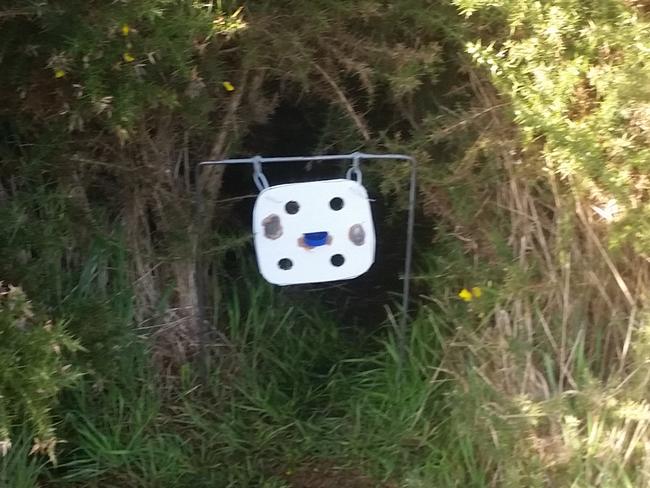Cure for sarcoptic mange disease threatening wombats needs money
AN “absurdly simple technology” is all that is needed to treat the mange putting Tasmania’s wombat population at risk – it just needs funding.

Tasmania
Don't miss out on the headlines from Tasmania. Followed categories will be added to My News.
VOLUNTEERS have banded together to apply “absurdly simple technology” to treat the mange which is putting Tasmania’s wombat population at risk but they need funds to continue their rescue project.
An outbreak of sarcoptic mange in the Narawntapu National Park has killed all but a handful of the area’s wombats and there are reports of diseased and suffering wombats in other parts of the state and on Flinders Island.
MORE: WOMBAT WIPEOUT FEARS GROW
Parks and Wildlife shoot infected wombats to put them out of their misery but Rosevears MLC Kerry Finch says the condition is treatable and a project is already bearing results – it just needs funding.
At Kelso, bio-flaps, made of ice-cream container lids doused with a well-known animal drench, are being manufactured in a suburban garage.
Drench is put on a flap which is hung over the wombat’s burrow and dispersed onto the animal’s back when it enters and leaves.
“The technology is almost absurdly simple,” Mr Finch said.

John Harris, one of the volunteers involved in the “citizen scientist revolution” at Kelso, said it was time the state and federal governments took notice before it was too late.
“We have a production plant up and running and there are six houses where healthy treated wombats are living underneath, including an orphan whose mother died of mange who is now learning how to burrow,” he said.
It takes about six weeks to see a noticeable improvement in a treated wombat. Returned sight and hearing are the first signs, while hair regrowth may take many months.
Mr Finch raised the issue in Parliament on October 11, saying shooting mange-affected wombats did nothing to stop infestation but treating them did.
“A recent meeting in Kelso held to talk about what could be done to help the wombat attracted 45 people,” he said.
Attorney-General Vanessa Goodwin was also at that meeting and was asked if money from the Premier’s Discretionary Fund – about $2000 – could be given to help volunteers with their current needs.
A spokesperson for the Department of Primary Industries, Parks, Water and the Environment said it was liaising with researchers and more work was needed to gain extra information to find out if sarcoptic mange was the only contributing factor to the decline of wombats.
“Sarcoptic mange has been present in wombat populations at Narawntapu National Park and many other areas around the state for many years, so it is unclear as to whether there are other factors contributing as well,” the spokesperson said.


